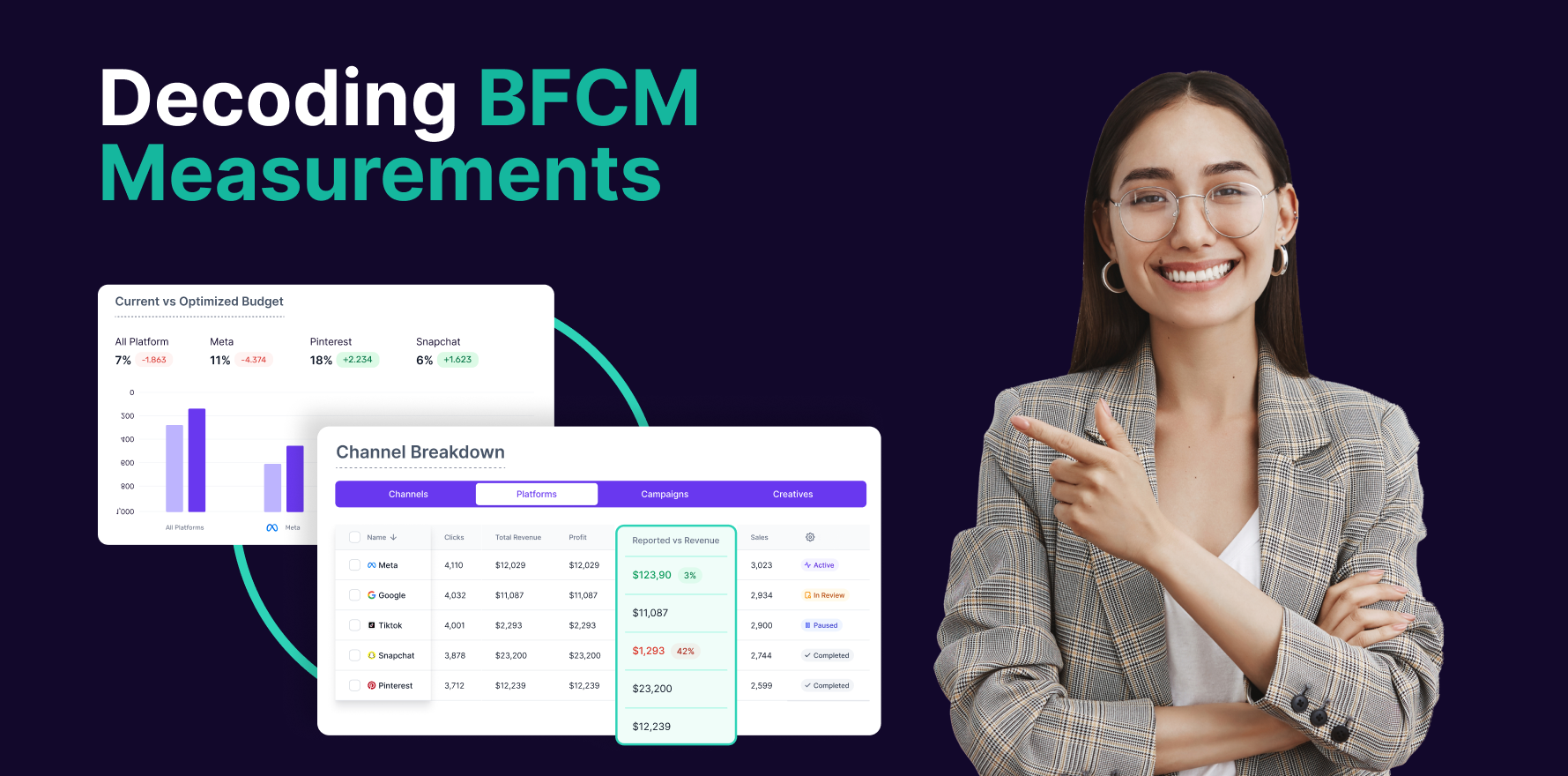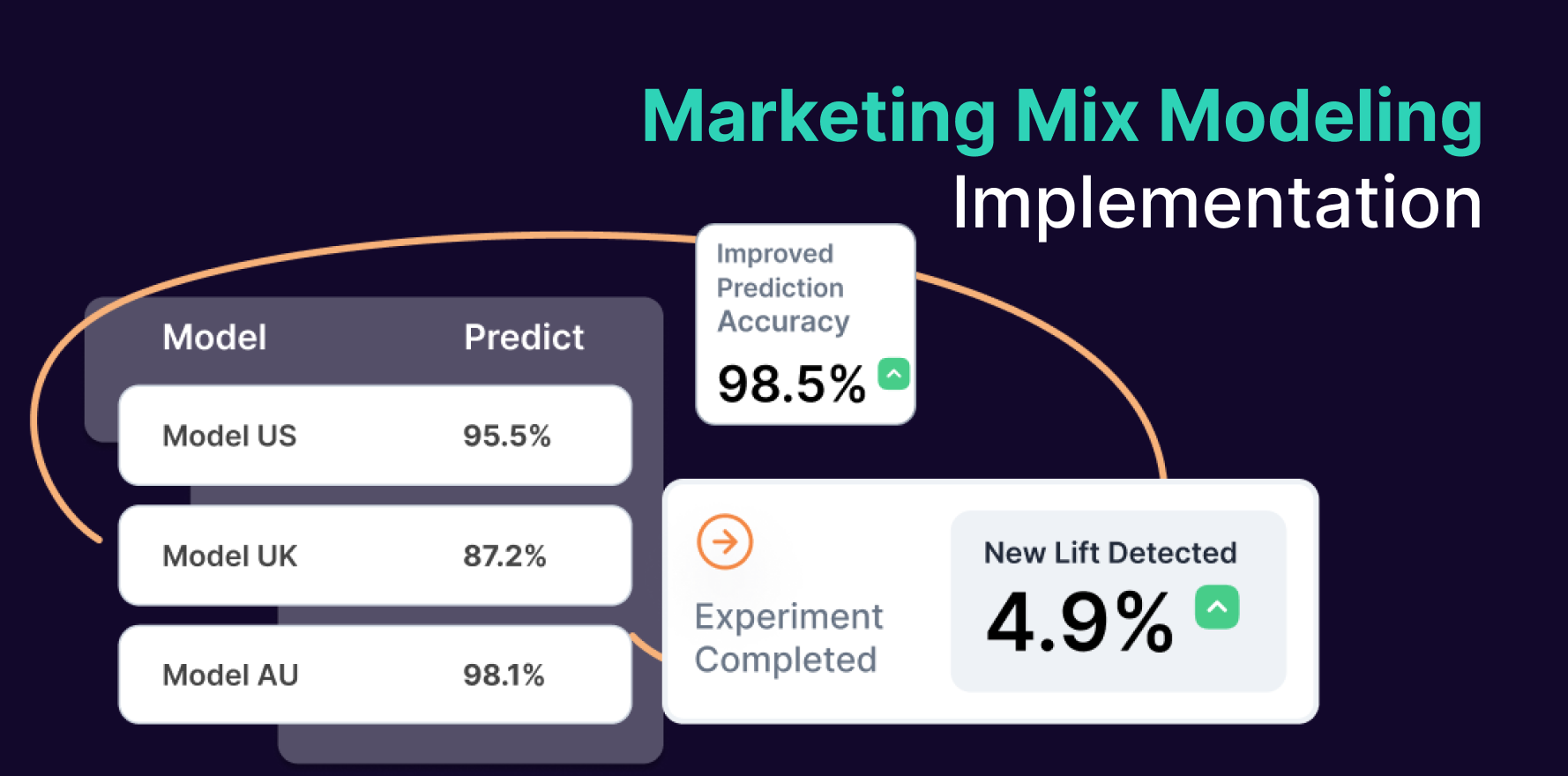What is Average Orders Per month per customer?
Average Orders per Month per Customer is an important e-commerce metric for businesses selling products online. This metric quantifies the average number of orders placed by customers within a single month. Companies can measure how much value customers bring to their business over a specific time such as monthly or yearly cycles.
Formula
Average Orders per Month per Customer = Total Paid Orders per Month / Total Active Customers per Month.
Example
Company A received a total of 4000 paid orders in February. At the end of the month, 2000 active customers had placed these orders.
Calculating the Average Orders per Month per Customer, (4000 / 2000 = 2), Company A had 2 average orders per month per customer in February.
Why is Average Orders Per month per customer important?
Average Orders per Month per Customer is important because it gives businesses insight into how frequently customers purchase products from their e-commerce website. This metric can be used to determine customer loyalty and engagement levels. It can also give businesses insight into customer buying habits, such as what types of products they buy or how often they make repeat purchases. Furthermore, businesses can use Average Orders per Month per Customer to forecast future demand for products and forecast marketing budgets.
Which factors impact Average Orders Per month per customer?
The Average Orders per Month per Customer is influenced by a number of variables. Products’ accessibility, customer support, payment choices, prices, and marketing tactics are a few of these. Customers might not be encouraged to make additional purchases if any of these components are subpar. Additionally, shoppers would not be pleased with their shopping experiences or may obtain subpar goods. All of these elements affect client loyalty and purchasing frequency.
How can Average Orders Per month per customer be improved?
One way to increase the Average Orders per Month per Customer is by offering customers personalized discounts and promotions. This will encourage them to make more frequent purchases. You should also focus on improving customer service by responding quickly to inquiries and shipping orders on time. Additionally, you should make sure that your website is easy to use and that you use good website navigation to make it easier for customers to find the items they’re looking for.
What is Average Orders Per month per customer’s relationship with other metrics?
Average Orders per Month per Customer can be used alongside other e-commerce metrics, such as Average Order Value or Conversion Rate, to get a better understanding of customer behavior. For instance, understanding the Average Orders per Month per Customer can help you target promotions and discounts to specific customer segments. Additionally, comparing Average Orders per Month per Customer with other metrics can help you identify points of improvement in your e-commerce offering.
Free essential resources for success
Discover more from Lifesight






















































